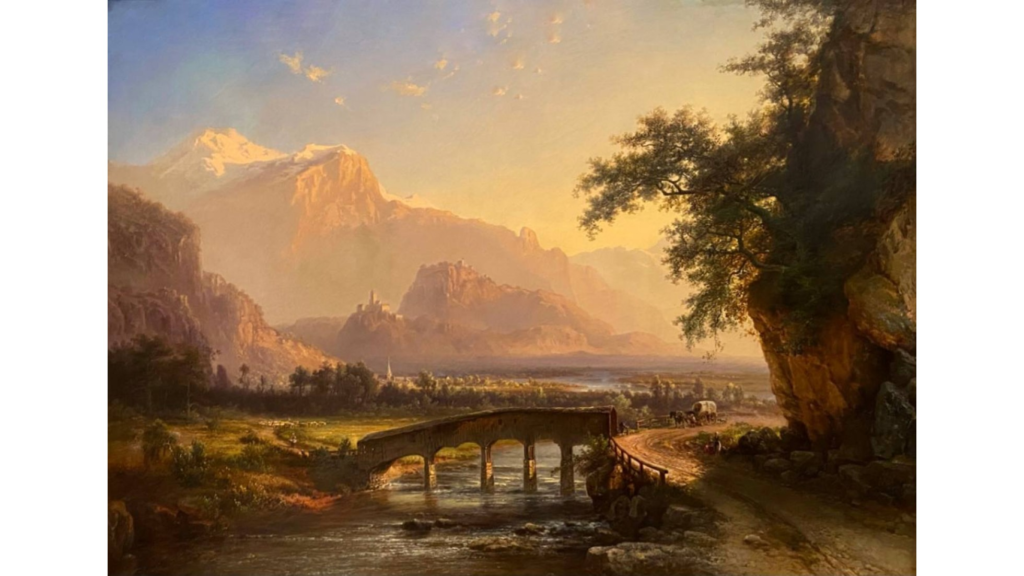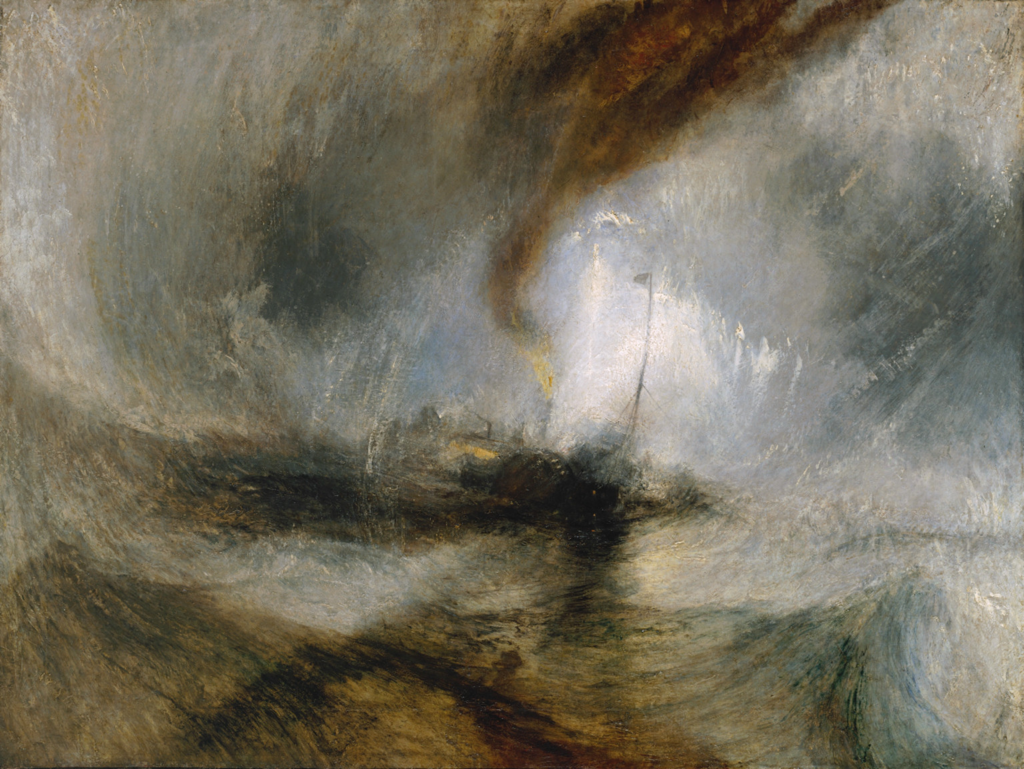Romanticism
Among the characteristic attitudes of Romanticism were the following: a deepened appreciation of the beauties of nature, a general exaltation of emotion over reason and of the senses over intellect, a turning in upon the self and a heightened examination of human personality and its moods and mental potentialities.
Romanticism has long been associated within the landscape. In the medium of photography, the sense of romance of the landscape features it spirit in full bloom.

What was Romanticism a reaction against?
Romanticism was a revolt against the aristocratic social and political norms of the Age of Enlightenment and also a reaction against the scientific rationalization of nature.
Enlightenment
Romanticism, flourishing in the late 18th to mid-19th centuries, emphasised emotion, nature, and individualism, contrasting sharply with the Enlightenment’s focus on reason, science, and societal progress. The Enlightenment, spanning much of the 18th century, prioritised logic, scepticism, and intellectual discourse.
A fact-file about romanticism
Who-
In English literature, the key figures of the Romantic movement are considered to be the group of poets including William Wordsworth, Samuel Taylor Coleridge, John Keats, Lord Byron, Percy Bysshe Shelley and the much older William Blake, followed later by the isolated figure of John Clare
What-
Romanticism has long been associated within the landscape. In the medium of photography, the sense of romance of the landscape features it spirit in full bloom. It is very hard to categorise. The very nature of Romanticism is rather uncontrollable and unpredictable.
How-
With its emphasis on the imagination and emotion, Romanticism emerged as a response to the disillusionment with the Enlightenment values of reason and order in the aftermath of the French Revolution of 1789.
Where, when-
Romanticism was first defined as an aesthetic in literary criticism around 1800. It then went on to gain momentum as an artistic movement in France and Britain in the early decades of the nineteenth century and flourished until mid-century.
Why-
The main idea of Romanticism is the celebration of the individual and the glorification of nature. More specifically, Romantics embrace the uniqueness of the human spirit, which they feel is reflected in and deeply connected to the untamed wildness of nature.

The Sublime
For Romantics, the sublime is a meeting of the subjective-internal (emotional) and the objective-external (natural world): we allow our emotions to overwhelm our rationality as we experience the wonder of creation.
In the “sublime”, vast horizons, towering mountains, and plunging chasms inspired profound feelings of awe, or even fear, rapture, and closeness to God or the infinite. The idealization of nature’s landscapes promoted a spiritual antidote to the crowded, industrialized urban areas where so many people lived.
According to Burke, the Beautiful is that which is well-formed and aesthetically pleasing, whereas the Sublime is that which has the power to compel and destroy us.

How did the Industrial Revolution have an impact on Romanticism?
The Industrial Revolution had a profound impact on the Romantic movement, shaping its themes, concerns, and artistic expressions. The loss of connection with nature, the alienating effects of urbanization, and the critique of industrial capitalism all influenced the works of Romantic poets and artists.
The rise of Romanticism can be seen as a literature’s backlash against the Industrial Revolution. Escaping from the crashing modernity and rise of technology, factories, and cities, Romantics focused on nature, rural life and subjectivity.
The importance of the British painters JMW Turner and John Constable
The landscape painters Turner and Constable were influential exponents of romanticism, an artistic movement of the late 1700s to mid-1800s that emphasized an emotional response to nature.
Turner, who travelled extensively, often infused his dramatic seascapes and landscapes with literary or historical allusions. Two of Britain’s greatest painters, J.M.W. Turner and John Constable were also the greatest of rivals.
Born within a year of each other Turner in 1775, Constable in 1776 – they used landscape art to reflect the changing world around them.

Key word and terms associated with romanticism
Individualism
Focus on the self and personal expression, valuing individual creativity over societal constraints.
Imagination
Emphasized as a powerful and transcendent faculty, often seen as more important than reason.
Nature
Nature was seen as a source of inspiration, beauty, and spiritual power, often depicted as sublime and untamed.
Sublime
A concept that refers to experiences of awe and terror in nature or art, where beauty and danger intersect.
Emotion
Emphasis on intense emotions such as passion, awe, melancholy, and longing, often in reaction to the rationalism of the Enlightenment.
The Supernatural
Interest in the mystical, the mysterious, and the irrational, including folklore, myths, and gothic elements.
The Heroic
Celebration of the individual hero, often portrayed as a misunderstood or tragic figure.
Exoticism
Fascination with distant, mysterious lands and cultures, often portrayed in art, literature, and music.
Nostalgia
A longing for the past, especially for simpler or more primitive times, often idealized.
Rebellion
Rejection of established norms, authority, and traditional conventions, including a challenge to societal, political, and artistic constraints.
Art for Art’s Sake
The idea that art should be valued for its intrinsic beauty and emotional power rather than its moral or didactic message.
Gothic
A style that blends the mysterious, eerie, and dark elements, often involving haunted landscapes or supernatural occurrences.
The Byronic Hero
A specific type of hero, derived from Lord Byron’s works, characterized by rebellion, isolation, and a troubled, tormented soul.
Sentimentality
Overwhelming emotion, often expressed in literature or visual arts, with a focus on tender, emotional moments.
